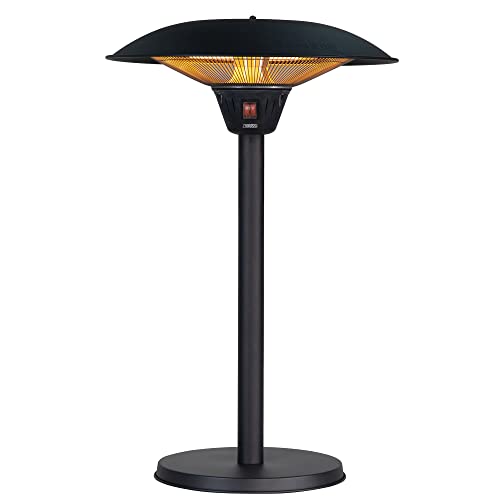How to Choose a Patio Heat Lamp Electric
There are a variety of options when it comes to heating your patio. Unlike propane models that require refills, electric heaters can deliver instant heat by flicking an switch or pressing the button.
They also don't emit gasses that might pose a health risk. Some offer adjustable heat settings for varying distances.
Heater Type
You can relax outside throughout the day and all through the year by using the right patio heater. There are several types of patio heaters, including freestanding natural gas and propane models, as well as ceiling- or wall-mounted electric radiant heaters. Your choice will be based on the dimensions of the space, the power sources available and personal preference.
Most patio heaters use electricity, natural or liquid gas to generate heat. They release heat through convection heating as well as radiant heating. The heat output is measured in watts and then converted to British thermal units (BTUs) for comparison. Some models also have adjustable heat settings to allow for greater flexibility.
A patio heat lamp combines a burner on top of a pole with a perforated screen that reflects the flames and radiates the heat downward to warm furniture, people and other objects. Some come with a reflector atop the burner that can be plated with silver to decrease the amount of heat emitted upwards.
Gas patio heaters are the most common patio heaters. They can heat several tables quickly and evenly. These patio heaters can be portable and run from the propane tank or plugged into your natural gas line with the latter providing more convenience and lower installation costs, but also requiring an ongoing cost of fuel.
Gas patio heaters are becoming increasingly popular as more homes have natural gas lines. They are easy to install, but require a dedicated and properly functioning gas line to perform safely. There are portable natural gas heaters equipped with extension hoses that aid in overcoming this issue however they can also be a risk of tripping and a fire risk when not in use.

Safety
Electric patio heaters are safe to use in enclosed areas, since they allow heat to radiate upward and not outwards. However, they're not meant to be used under an open roof. The heater must be installed at least 18" from adjacent walls or 6" from the ceiling to prevent fire hazards.
The propane and gas patio heaters can only be used in enclosed areas with an enduring cover specifically designed for outdoor use. These covers are typically made of fire-retardant canvas and have a roof that can be closed. The safety issues with these types of outdoor patio heaters are due to the fumes and flames they produce. They should be located away from any objects that could ignite, such as chairs and curtains.
When installing an electric patio heat lamp or any other type of patio heater, be sure to adhere to the manufacturer's instructions and safety guidelines carefully. Make sure you select one that has UL and CSA certifications, and also read the owner's guide carefully. Be extra cautious around children and pets and make sure the heater isn't in their reach while it's operating. Some free-standing patio heating devices such as EUROM's come with an automatic tipping safety that shuts off the device when it falls.
If your patio heater is connected to a natural-gas line, you must be sure to check the condition of the line regularly and have it tested by a licensed professional to identify leaks. If la hacienda electric patio heater is in need of replacement get it replaced by a licensed plumbing professional. A professional can determine whether the line is properly routed or if it should be run through an underground pipe. A professional can also make sure that the heater for your patio is connected to an outlet that is GFCI-rated (ground fault circuit interrupter) to protect against electric shocks and fires.
Installation
The height of the patio heater determines the amount of heat it emits into the space. The heater should be mounted away from surfaces such as plastic and wood that may deform. You can mount the heater on a wall, structure or any other surface with traditional mounting brackets. Some models have a soft start, which lowers the current peak to protect your circuits.
